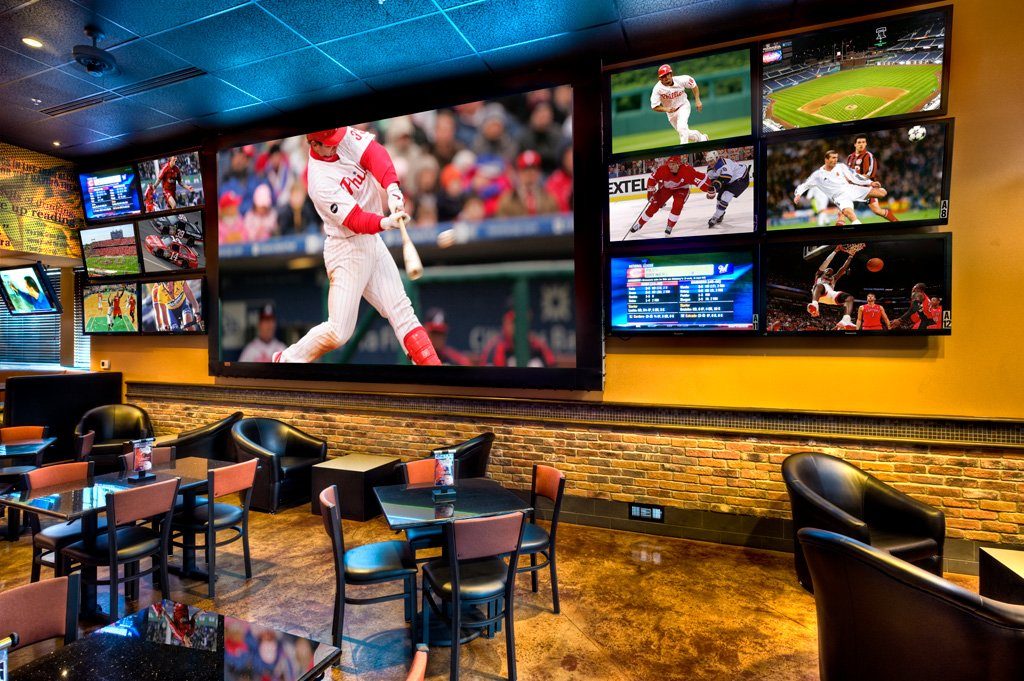Illuminating the Impact of Illumination Conditions on Movement Detection Accuracy and Dependability
Illuminating the Impact of Illumination Conditions on Movement Detection Accuracy and Dependability
Blog Article
Illumination conditions have a crucial role in the way well we can detect motion. Motion detection is a key aspect of different systems, such as surveillance cameras, automated lighting systems, and even certain video games. Comprehending how different lighting conditions affect our ability to detect motion can assist improve the development and effectiveness of these systems. For instance, poor lighting might result in overlooked motions or false alerts, while ideal illumination can enhance the accuracy of movement detection technologies.
In bright lighting environments, motion detection is generally more reliable. As there is ample illumination, sensors and cameras can obtain sharper pictures, which helps in identifying dynamic objects. Well-lit environments allow for better distinction between the moving element and the background. This differentiation is essential for both visual observers and automated systems, as it facilitates it simpler to differentiate between stationary and dynamic elements in a scene. Therefore, making sure that areas are adequately illuminated can significantly enhance the effectiveness of motion detection technologies.
Conversely, low-light conditions can pose difficulties for motion detection. In low-light environments, shadows can obscure moving elements, making them difficult to detect. Additionally, the eye struggles to detect movement in dim conditions, which can lead to misinterpretation of the situation Extra resources in the environment. Cameras may also encounter challenges, as many do not function well in dim conditions without the use of infrared technology or alternative enhancements. These restrictions highlight the importance of adequate illumination in settings where movement detection is critical.
Additionally, various types of illumination can have varying effects on motion detection. For instance, neon lights can flicker, which can mislead motion detection technologies that rely on consistent illumination input. On the other hand, natural provides a consistent form of illumination that enhances visibility. click to read more Understanding these variations in lighting types can guide operators in choosing the most suitable illumination for specific uses, especially in surveillance and safety situations.
In summary, the relationship between illumination environments and movement detection precision is important. By making sure that settings are appropriately illuminated, we can improve the reliability of movement detection technologies. This knowledge not only benefits tech uses but also enhances security and security in various settings. As more advancements are made in motion detection systems, taking into account illumination environments will remain a vital factor in enhancing effectiveness and guaranteeing that these technologies function properly in different environments.